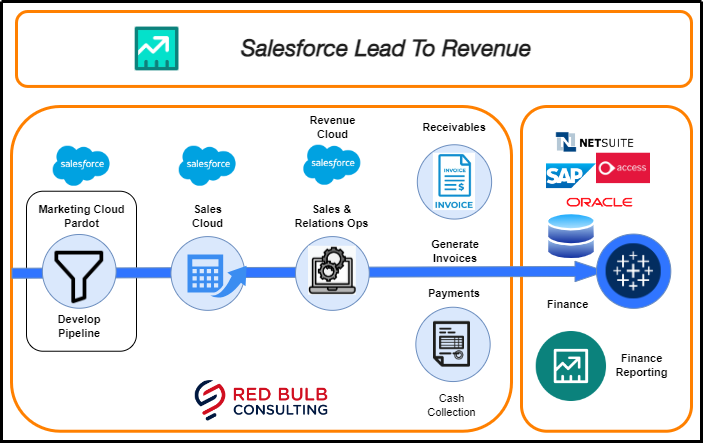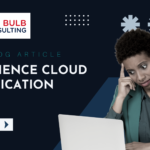Streamlining the Billing Process with Salesforce
Lead to cash is a business process that describes the steps involved in converting a lead into a paying customer. It includes activities such as lead generation, lead qualification, sales, marketing, and customer service.
When implementing Salesforce Billing, it is important to consider the differences between Salesforce and an ERP (Enterprise Resource Planning) system. Salesforce is a customer relationship management (CRM) system, while an ERP is a more comprehensive system that includes modules for accounting, inventory, manufacturing, and other areas.
By understanding the differences between Salesforce and an ERP, you can make informed decisions about how to best implement Salesforce Billing within your lead-to-cash process.
Here are some specific things to consider:

- Salesforce is designed to be a CRM system, so it is well-suited for managing leads, opportunities, and customer relationships.
- An ERP is designed to be a more comprehensive system, so it can provide greater visibility into financial data and other areas.
- Salesforce Billing can be integrated with both Salesforce and an ERP system. This allows you to choose the best system for each specific need.
- By considering the differences between Salesforce and an ERP, you can create a lead-to-cash process that is efficient and effective.
Improving Cash Flow with Salesforce Billing: This title highlights the fact that Salesforce Billing can help businesses improve their cash flow by automating the billing process and making it easier to collect payments.
Reducing Billing Errors and Compliance Risks with Salesforce: This title highlights the fact that Salesforce Billing can help businesses reduce billing errors and compliance risks by providing a centralized system for managing billing data.
Red Bulb Consulting can help you understand the power of data analytics and how it can be used to improve your business. Contact us today to learn more.



